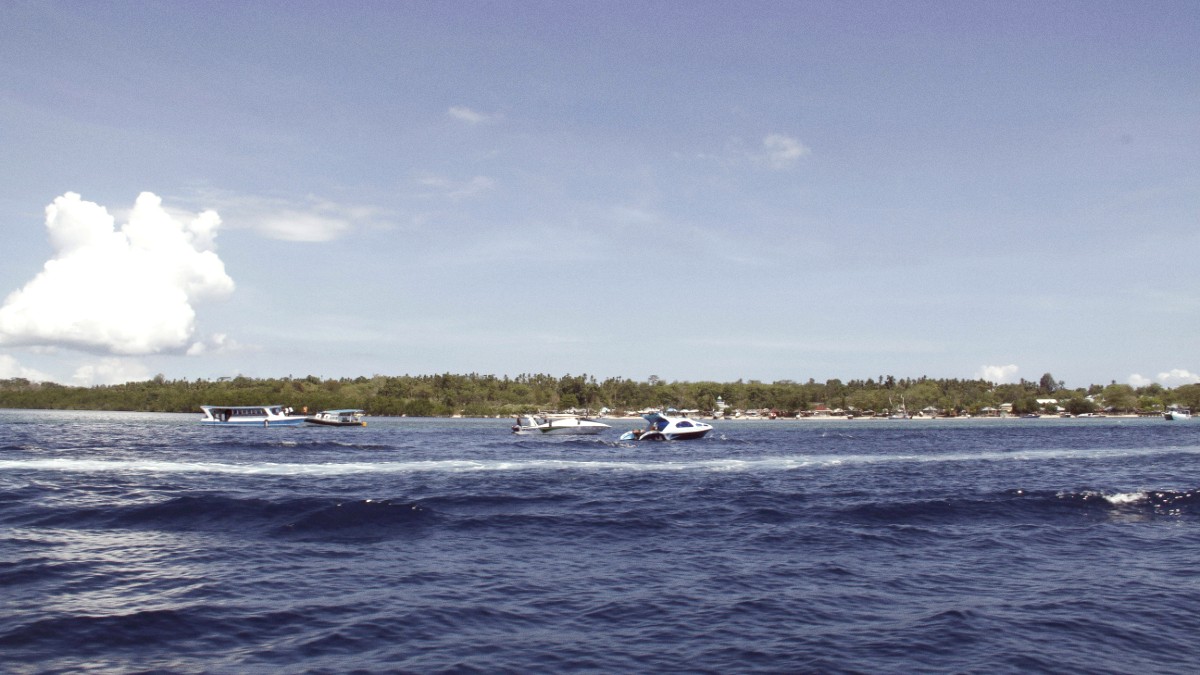
Indonesia
This guide supports trip planning, covering every detail from arrival to daily exploration. North Sulawesi offers a mix of relaxation, adventure, and cultural discovery. Its natural beauty extends from the depths of the ocean to the heights of its volcanoes. Locals greet visitors with genuine warmth, eager to share their way of life.
North Sulawesi has a tropical climate year-round, with high temperatures and humidity. This consistent warmth presents a welcoming environment for travelers, yet knowing wet and dry seasons aids specific activity planning.
The dry season, generally from May to October, offers sunnier days and calmer seas, ideal for diving and outdoor pursuits. The wet season, from November to April, sees more frequent rainfall, often in short, heavy bursts. This period generally brings fewer tourists and greener landscapes.
North Sulawesi (Sulawesi Utara) is an Indonesian province on the northern arm of Sulawesi island. Manado serves as its capital city, a bustling gateway to the region’s diverse attractions. The province shares its northern border with the Philippine Sea, presenting vast marine territories. To the east and south, the Molucca Sea defines its coastlines, while Gorontalo province lies to its west. This unique position brings North Sulawesi access to different marine environments, each with its own characteristics.
A mountainous interior with active volcanoes characterizes the region’s landscape. Mount Lokon and Mount Mahawu near Manado are active stratovolcanoes, shaping the land and presenting trekking opportunities. The long coastline features a mix of black sand beaches, formed by volcanic activity, and pristine white sand stretches on more remote islands. The geography of North Sulawesi presents a striking contrast between rugged volcanic terrain and tranquil tropical coastlines. This creates a varied environment for both terrestrial and marine exploration.
A world-class diving destination, known for steep coral walls and rich marine life.
A short distance from Bunaken, offering a secluded and luxurious experience with excellent snorkeling.
A cone-shaped volcano rising from the sea, with stunning views and local island life.
Globally recognized for muck diving, revealing unique and rare macro marine critters.
Home to fertile soil and diverse ecosystems, ideal for agriculture and exploration.
The elongated form of Sulawesi's northern peninsula signifies diverse coastal areas, from busy harbors to secluded bays. A mountainous spine running through the peninsula influences weather patterns, creating rain shadows and unique microclimates. Water flows from these mountains, feeding rivers and lakes, like Lake Tondano, North Sulawesi's largest lake.
From harbors to tranquil, hidden bays, the long coastline offers varied experiences for marine enthusiasts and those seeking quiet retreats.
Active volcanoes like Mount Lokon and Mount Mahawu shape the dramatic landscape, providing fertile soil and stunning panoramic views for trekkers.
When exploring the Minahasa Highlands, recognize volcanic activity's influence. This forms fertile soil for local agriculture.
The Minahasan people, the region's largest ethnic group, hold a rich cultural heritage. Ancestral traditions and social structures shaped local identity for centuries. Evidence of their history appears in ancient stone sarcophagi (waruga) and sacred sites across the highlands. In the 16th century, European powers began to arrive, drawn by the lucrative spice trade. The Portuguese were among the first, establishing trading posts to access nutmeg, cloves, and other valuable commodities. Soon after, the Spanish also sought to control the region’s trade routes. Their presence introduced new architectural styles, religious influences, and goods.
The Dutch East India Company (VOC) gradually gained control, establishing fortifications and asserting economic dominance. They influenced the region’s economy, shifting focus from spices to other cash crops like coffee and copra. Many old buildings in Manado and surrounding towns reflect Dutch architectural styles. During World War II, Japanese forces occupied North Sulawesi. This period brought significant hardship and resistance. The capital, Manado, experienced bombing and military control. After Indonesia gained independence, North Sulawesi continued to play a role in national developments. Manado, for instance, developed as a center of the Permesta rebellion in the late 1950s. This movement aimed for greater regional autonomy and fairer resource distribution within the newly formed Republic of Indonesia. The rebellion, though eventually suppressed, highlighted the distinct regional identity and aspirations of the North Sulawesi people.
Discover ancient stone sarcophagi and sacred sites, reflecting centuries of local traditions.
Portuguese and Spanish traders introduced new cultures and architectural styles in the 16th century.
The Dutch East India Company established economic dominance, visible in old buildings and trade shifts.